Britain's native red squirrels first appeared 10,000 years ago at the end of the last ice age when the land between Britain and Europe began to disappear. They are now endangered in the UK, with the dominant grey squirrel out-competing the reds and driving them to specific areas in the UK. However, recent studies have shown that the reintroduction of pine martens to woodland habitats benefits red squirrel populations, and suppresses populations of grey squirrels.
Our expert guide to red squirrels explains the difference between the UK's two main species of squirrel – the grey and red, key characteristics and the best places to see them in Britain.
What do red squirrels eat?
Tree seeds, fungi, berries, birds’ eggs and even sap are eaten by red squirrels. They love hazelnuts but have trouble digesting acorns, unlike grey squirrels, who love them. Red squirrels like to look after their teeth by gnawing on pieces of dead deer antler, which are full of calcium.
Squirrels have an exceptionally good sense of smell. They can find buried food underneath a foot of snow and know if a nut is rotten without opening it.
How do red squirrels live?
Squirrels make more than one drey (nest) to confuse predators and in case one gets damaged. They will abandon a drey if it is too full of fleas. Fungi may be taken to the drey to dry out, and, because red squirrels don’t hibernate, they bury other leftover food in holes or crevices to be eaten when food is scarce.
How long do red squirrels live?
Red squirrels live an average of three years, although they have been known to live up to 10 years in captivity.
Do grey squirrels kill red squirrels?
Grey squirrels were introduced to the UK from North America by the Victorians in the 1800s. Unlike red squirrels, greys are able to digest green acorns. They also have a superior memory, allowing them to recover their own caches – and steal those of the red squirrels. ‘Squirrel pox’ virus, carried by grey squirrels, has also contributed the die-back of reds.
Squirrelpox is a deadly virus transmitted by grey squirrels, but which only affects red squirrels. There is evidence, however, that some reds are also developing immunity to it. Red and grey squirrels cannot breed together.
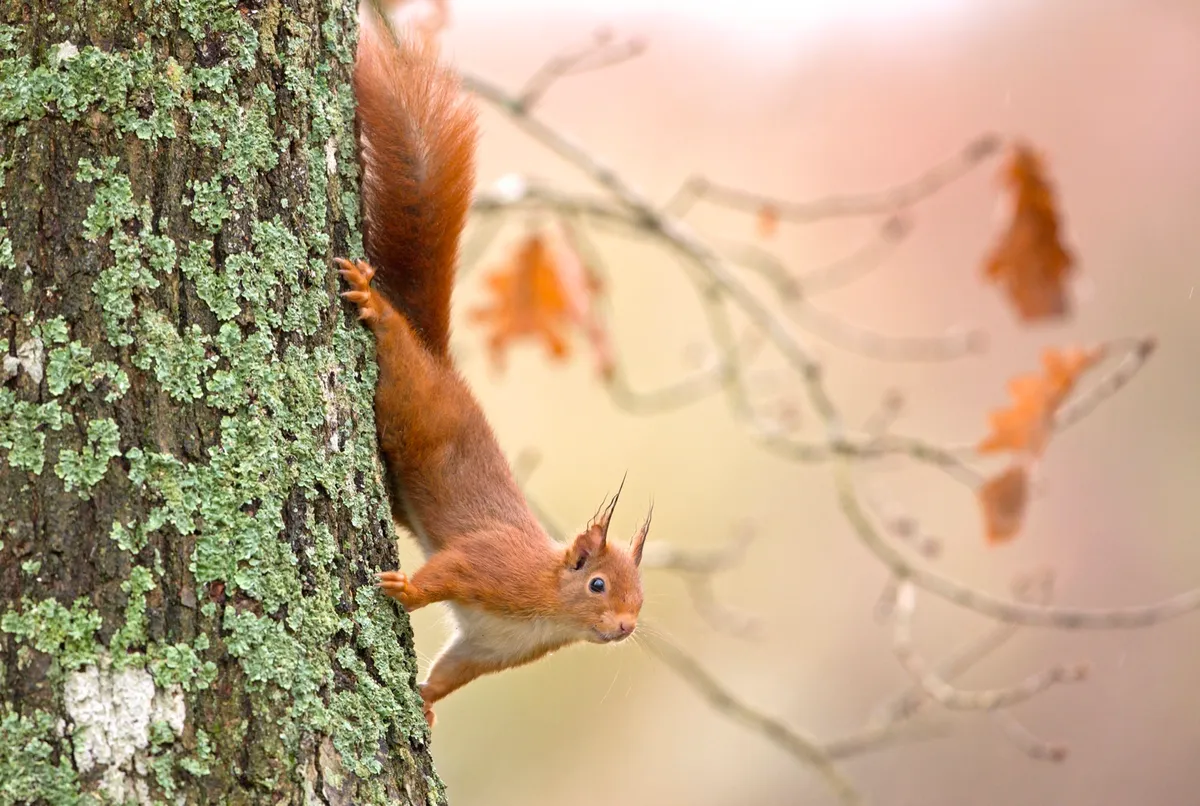
How rare are red squirrels?
In Britain, there are now an estimated 140,000 red squirrels (or Scours Vulgaris, meaning ‘common squirrel'). Their range is limited, with populations concentrated in parts of Wales, Northern England, the Isle of Wight and Scotland.
Why is the red squirrel endangered in the UK?
The ever-popular red squirrel has been in decline since the early 20th century and has dwindled to an estimated population of only 140,000. This compares to the 2.5 million strong North American grey squirrel pushing it out of most areas since its introduction to the UK. Now the reds are only commonly found in the far north of England and Scotland.
There were encouraging signs of a small fight-back for the Red squirrel in recent years, but their susceptibility to squirrel pox means they remain very much in the shadow of the grey.
Red squirrels facts:
- Scotland used to be so covered with trees that it is said that a red squirrel could have journeyed from its West to East coast without touching the the ground. Male red squirrels each hold territories about the size of 34 football pitches.
- Study the patterns left on a nibbled pinecone to discover whether it’s been eaten by a left or right-handed squirrel. Left-handed squirrels hold the cone with the top towards the left and use the left hand to rotate the cone, and right-handed squirrels do the opposite.
- Red squirrels rotate their ears to pick up sounds, and possibly also to express themselves – like dogs.
- Red squirrels are strong swimmers.

How do red squirrels mate?
Squirrels have no fixed partners and mate between February and March and again between June and July.
Pregnancies last between 38-39 days and result in an average of 3-4 "kittens". In a good year, red squirrels may have 3 litters – that’s up to 12 kittens. Only 1 in 6 red squirrels survives past their first birthday. Born blind, without hair or teeth, they are susceptible to disease and attacks from carnivores and birds of prey.
What is the difference between red and grey squirrels?
Find out how to identify red and grey squirrels and facts about the species below.
Red squirrel
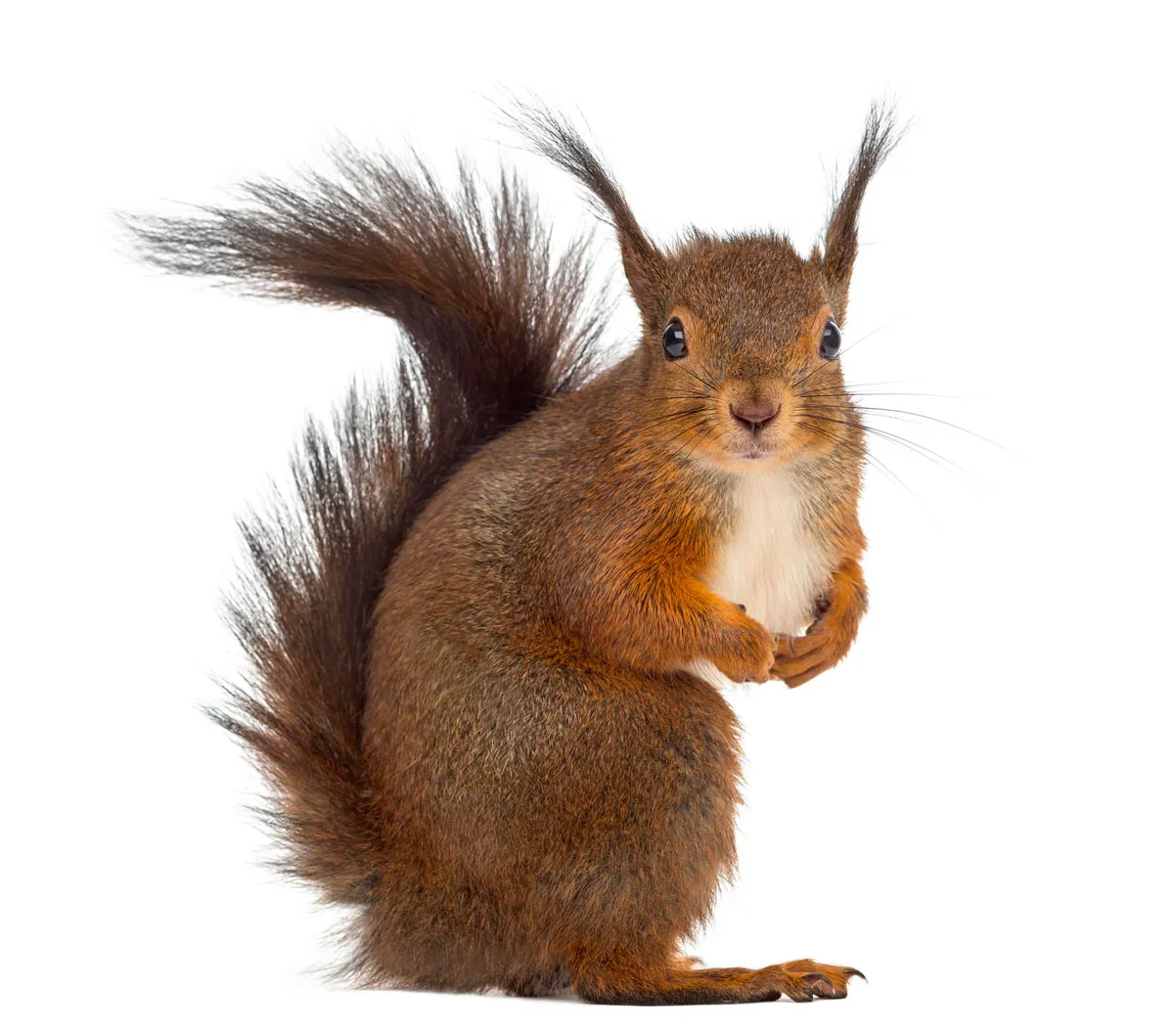
- Fully-grown male squirrels can have bodies of 20-22cm and tails of 17-18cm. They weigh between 250-300g and add about 12% to their body weight in autumn to prepare for winter.
- Red squirrel coats range from light orange to almost black and are shed twice a year, turning thicker and darker in winter.
- Red squirrels have four fingers on each paw, plus a vestigial thumb, and five toes. Their double-jointed ankles allow them to go down a tree headfirst.
- A red squirrel’s bushy tail is used for balance, communication, to slow them down when jumping and as a snuggly blanket.
- They are smaller and slimmer than grey squirrels.
- Typically chestnut-reddish coat, the colour not obviously patchy.
- Neatly contrasting white belly.
- Its ears are very obviously tufted (in winter).
- In summer, its tail often bleaches almost white.
Grey squirrel

- The grey is heavier-looking and not as light on its feet.
- It never shows ear-tufts.
- Its fur is greyish, sometimes with reddish patches but.
- Never uniformly reddish.
- Grey fur has grizzled appearance.
- Its tail is edged with white.
Black squirrels in the UK
Black squirrels, first recorded in Britain 90 years ago, are a genetic mutation of grey squirrels. They have higher testosterone levels than greys, making them more territorial, and are faster and fitter. Their dark coat also makes them more attractive to female grey squirrels, increasing the chance of passing on their mutation to future generations.
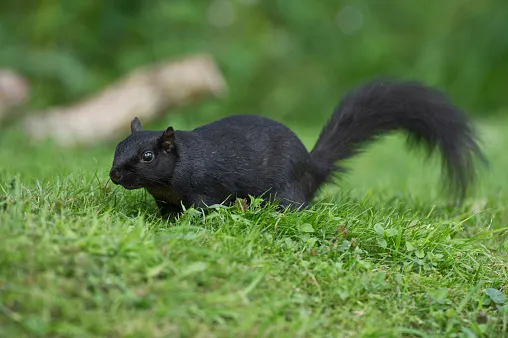
Experts believe that in parts of Britain, particularly in the eastern counties, black squirrels may begin to overrun grey squirrel populations. They also pose a significant threat to the UK's red squirrels.
Best places to see red squirrels in Britain
The best time of year to see red squirrels is in autumn when they are foraging for nuts and seeds for the winter ahead. Three-quarters of the UK population reside in Scotland, but there are also small concentrations in England, Wales and Northern Ireland.
Best places to see red squirrels in England

- Smardale Gill, Cumbria - look out for reds on our seven-mile loop walk.
- Brownsea Island nature reserve, Dorset - find out more about Brownsea's red squirrels.
- Boulder Forest, Isle of Wight – learn more about the Wight Squirrel Project.
- Kielder Water and Forest Park, Northumberland – spot reds and more with a day out at Kielder Water.
- Formby, Merseyside – head over to the National Trust site and discover more.
Best places to see red squirrels in Scotland
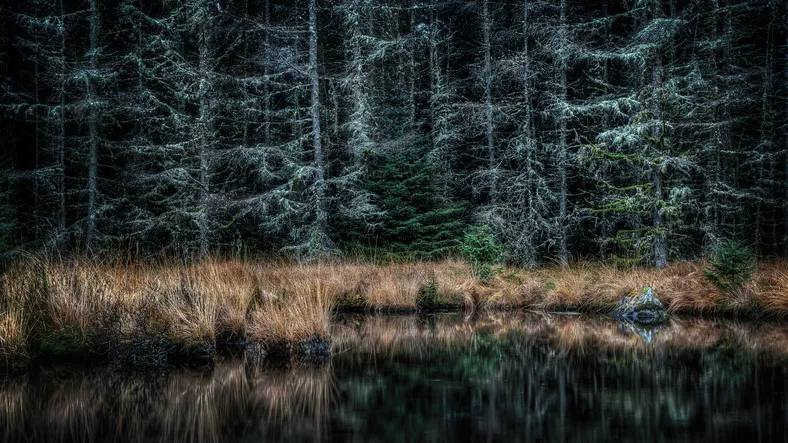
- Loch of the Lowes, Perthshire
- Inchree, Lochaber – Keep quiet as you head to the look-out station and you may spot the russet hide of a red scampering down a tree to feed.
- Gight Wood, Aberdeenshire – one of the only remaining fragments of ancient woodland in Aberdeenshire.
- Galloway Forest Park, Dumfries and Galloway – what wildlife can you spot?
- Caldron Forest, Scottish Borders - look out for red squirrels and a range of birdlife
Best places to see red squirrels in Wales
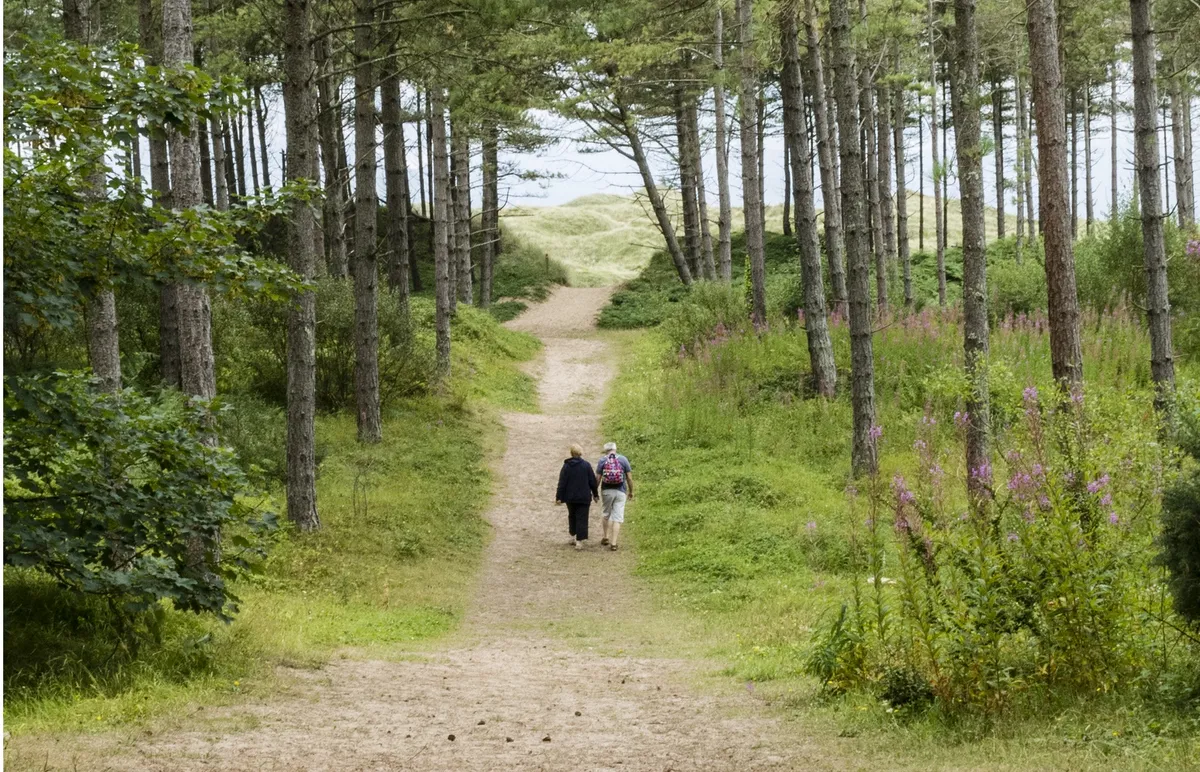
- Anglesey, North Wales – this is now one of Britain's red squirrel strongholds. Head to Pentraeth and Newborough Forests for the best chance of spotting one.
Best places to see red squirrels in Northern Ireland

- Glenariff Forest Park, County Antrim – join a guided walk.
- Glenarm, County Antrim – for butterflies, wildflowers and red squirrels
Our expert
Dominic Couzens is an author and naturalist. His books include Britain’s Mammals (Princetown, £17.95) and Songs of Love and War: the Dark Heart of Bird Behaviour (Bloomsbury, £16.99)

